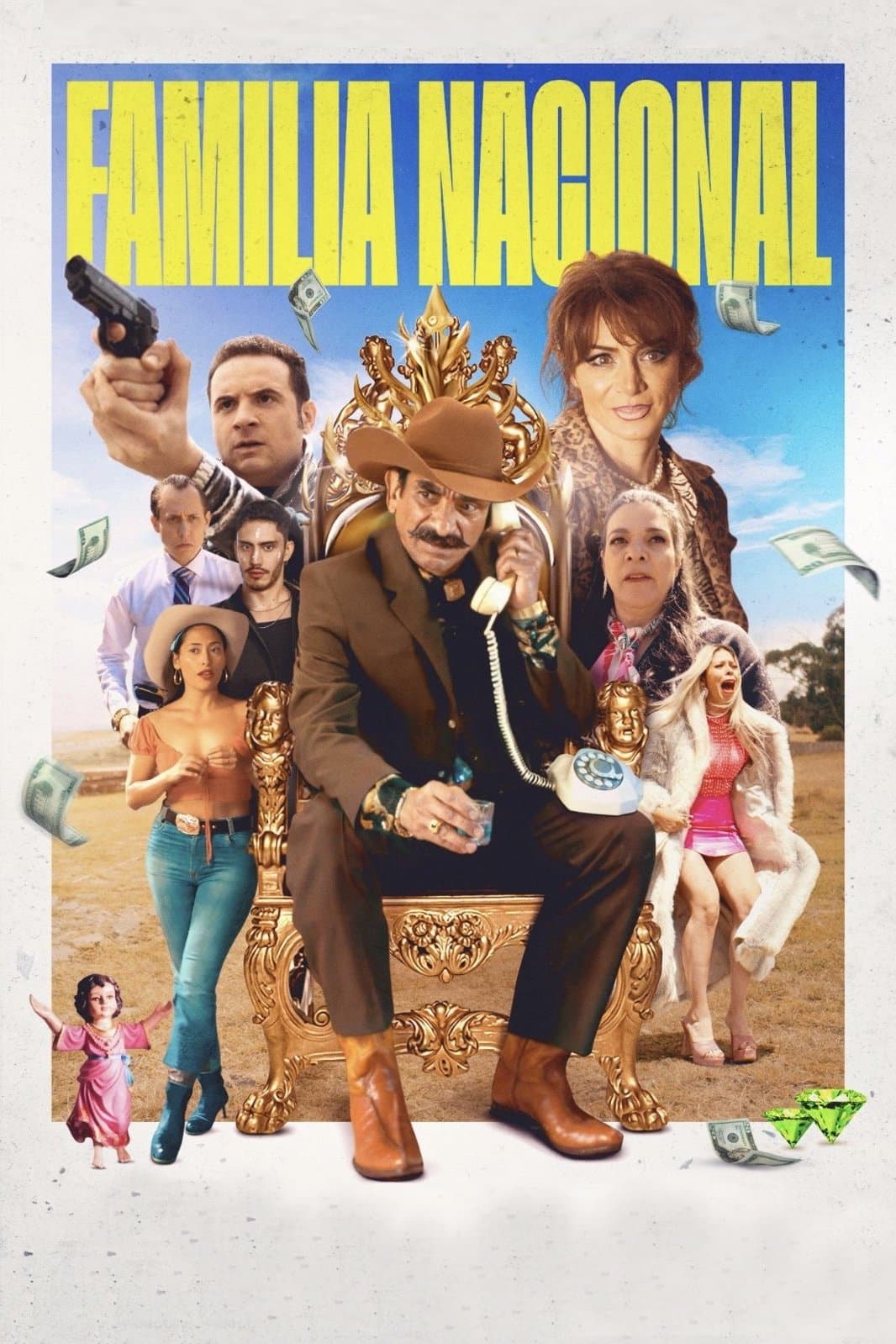Oil Gush Fire in Bibiheybat
Aug 02 1898
•0h 1m
•Documentary
The film was filmed in Bibi-Heybat, a suburb of Baku (now the capital of Azerbaijan), during a fire at the Bibi-Heybat oil field. The film was shot on 35mm film by the Lumiere brothers in 1898. On August 2 of the same year, a demonstration of Alexander Michon's program took place, which included the film "Fire at an oil fountain in Bibiheybat".
Cast
See allNo cast information found.
Recommendations
See all
The Magician
In this scene is shown a magician behind an ordinary table, upon which he suddenly and mysteriously causes to appear a large box, into which he leaps. The sides of the box fall to the ground, but instead of containing the magician a lively clown steps forth who further mystifies the audience by causing the box to disappear, and in its place is seen a fully laid table with a smoking dinner, to which the clown applies himself. The table, however, suddenly disappears much to the astonishment of the clown, who is confronted by the magician in the garb of Mephistopheles. This he suddenly changes to that of a sculptor, and in the background is seen a pedestal with the bust of a young lady, which comes to life as the sculptor applies the mallet and chisel.

AA
AA is a portrait of the dream diaries of Russian avant garde feminist poet and photographer Anna Alchuk.

Baby's Meal
A father, a mother and a baby are sitting at a table, on a patio outside. Dad is feeding Baby her lunch, while Mum is serving tea.

National Family
Don Poli, the patriarch of a family embedded in politics, faces the change of party in his state - after a hundred years in power - losing all his privileges. Humiliated and angry, he threatens to disinherit his family and leave to rebuild his life. This forces his children (Kippy, Ramses and Belén) to take extreme measures to ensure their future, causing everything that could go wrong to turn out worse.